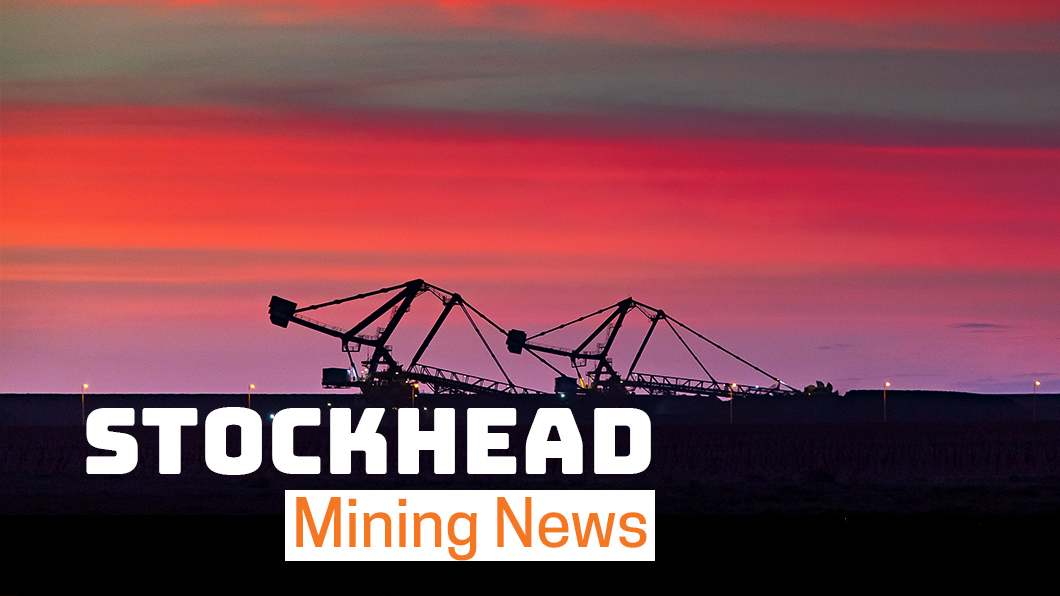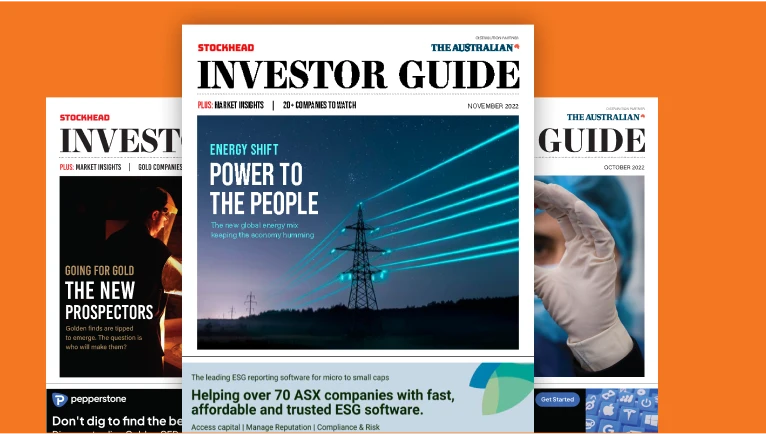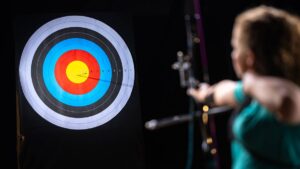ASX critical minerals plays eye boost from new German supply chain law

Pic: Bloomberg Creative / Bloomberg Creative Photos via Getty Images
- Australian critical minerals companies could benefit from German supply chain law
- Could require supply chains meet human rights and environmental standards
- All you need to know about lithium and graphite stocks
Germany continues to progress its proposed Supply Chain Act that could require manufacturers of critical minerals to carry out stringent due diligence on human rights and environmental issues on their supply chains all the way back to the original sources.
While the proposed act currently applies to companies with more than 500 employees, debate is ongoing, with the Minister for Economic Affairs arguing that it should only apply to larger companies with more than 5,000 employees.
This move was criticised by Human Rights Watch, which said the proposal would make the law a “toothless tiger”.
Debate aside, there is pressure on the German legislature to pass the law by 2021, which will add to ongoing concerns about supply chain security that were brought into focus by the COVID-19 pandemic.
Should the law pass, there are a number of Australian resource companies in the critical minerals space that could benefit.
ASX critical minerals plays
Arafura Resources (ASX:ARU) has just confirmed that customers in Europe, China and Japan have found that its final rare earth oxide products from its Nolans project in Northern Territory are within their specifications.
This paves the way for the company to kick off commercial negotiations with customers.
Nolans has a 33-year mine life on a reserve of 29.5 million tonnes grading 2.9 per cent total rare earth oxides. High demand and valuable neodymium-praseodymium (NdPr) oxide makes up 26.4 per cent of the rare earths content.
NdPr is used in the manufacture of neodymium-iron-boron permanent magnets that are used in practically all offshore wind power turbines and are also common in the motors of electric vehicles.
This is especially true given the rising sales of electric vehicles in Europe.
European Metals (ASX:EMH) recently kicked off advanced resource drilling at its flagship Cinovec hard rock lithium project in the Czech Republic to convert existing indicated resources to ore reserves.
This will also obtain ore samples for the next phase of metallurgical testing.
The majority of the material will be utilised in the pilot scale testing for the front-end engineering design study.
Geotechnical holes will also be drilled and logged subsequent to the completion of the resource drilling to allow final development ready designs to be completed for the declines.
Infinity Lithium (ASX:INF) is looking to raise up to $2.4m through an entitlement offer to follow on the $2.2m it raised through a placement.
The company’s vertically integrated San José project in Spain looks to take ore from the second largest hard rock resource in Europe and process it into lithium hydroxide.
San José has a current resource of about 1.6 million tonnes of lithium carbonate equivalent, sufficient for a 15,000tpa lithium hydroxide project with a 30-year production life.
It also has low operating costs of about $5,400/t, placing it at the bottom of the cost curve.
Ionic Rare Earths’ (ASX:IXR) extensional drilling at its Makuutu project is off to a rousing start with all five holes drilled to date have intersected mineralisation above the cut-off grade of 300 parts per million total rare earth oxides (TREO) less cerium, confirming the extension of mineralisation.
The drilling is aimed at increasing the size of the project’s resource by drilling out the exploration target of between 270Mt to 530Mt grading 0.04 per cent to 0.1 per cent TREO.
Makuutu currently has a resource of drilling out the exploration target of between 270Mt to 530Mt grading 0.04 per cent to 0.1 per cent TREO.
Drilling is continuing with 143 drill holes totalling 2,344m of the planned 3,700m program completed to date.
Mineral Commodities (ASX:MRC) has just released a pre-feasibility study which found that its vertically integrated battery anode project in Norway could make serious money by targeting Europe’s lithium-ion sector.
The project could deliver a net present value (NPV) of between $US1bn ($1.37bn) and $US1.07bn as well as internal rate of return (IRR) of between 58 per cent and 67 per cent depending on whether carbochlorination or the caustic process is used during purification.
Both NPV and IRR are metrics used to assess the profitability of a project – the higher the number is above zero, the more profitable it will be.
Its Active Anode Materials Plant (AAMP) will initially produce up to 10,000tpa of active anode materials, using high quality graphite concentrate from MRC’s Skaland operations in Norway.
Production at Skaland will ramp-up from ~10,000tpa in 2020-2022 towards the 16,000tpa limit in 2023 to supply ‘Module 1’ of the AAMP.
In August, Neometals (ASX:NMT) formed a joint venture with engineering firm SMS Group to commercialise the company’s proprietary lithium battery recycling process.
The JV will construct a demonstration plant at SMS’ manufacturing site in Germany to validate at an industrial scale the process for regenerating secondary battery materials from growing volumes of scrap and end of life batteries.
This will be the final step ahead of a decision to commence commercial-scale operations in Europe.
Over in Sweden, Talga Resources (ASX:TLG) upgraded graphite resources at its flagship Vittangi project by 15 per cent to 19.5 million tonnes grading 24 per cent graphite.
The company has also identified new exploration targets to be tested after completing a review of its four deposits to standarise parameters for increased accuracy in upcoming feasibility studies and enable better mine planning, permitting and reporting.
It recently developed a fast-track pathway to commercial anode production and has secured expressions of interest for its anode products exceeding 300 per cent of the planned annual capacity.
Approval has also been given for trial mining of up to 25,000 tonnes of graphite ore to be extracted from VIttangi.
Vulcan Energy Resources (ASX:VUL) recently kicked off a project pre-feasibility study on its unique, very large lithium-rich geothermal brine project in Germany, which it aims to complete by the end of the year.
The company has successful produced lithium concentrate from geothermal brine taken from its project in Germany’s Upper Rhine Valley using its Zero Carbon Lithium process.
The process seeks to produce both renewable geothermal energy and lithium hydroxide from the same brine source, reducing both its water use and carbon emissions.
At Stockhead we tell it like it is. While Arafura Resources, Ionic Rare Earths, Mineral Commodities and Talga Resources are Stockhead advertisers, they did not sponsor this article.
Related Topics

UNLOCK INSIGHTS
Discover the untold stories of emerging ASX stocks.
Daily news and expert analysis, it's free to subscribe.
By proceeding, you confirm you understand that we handle personal information in accordance with our Privacy Policy.








